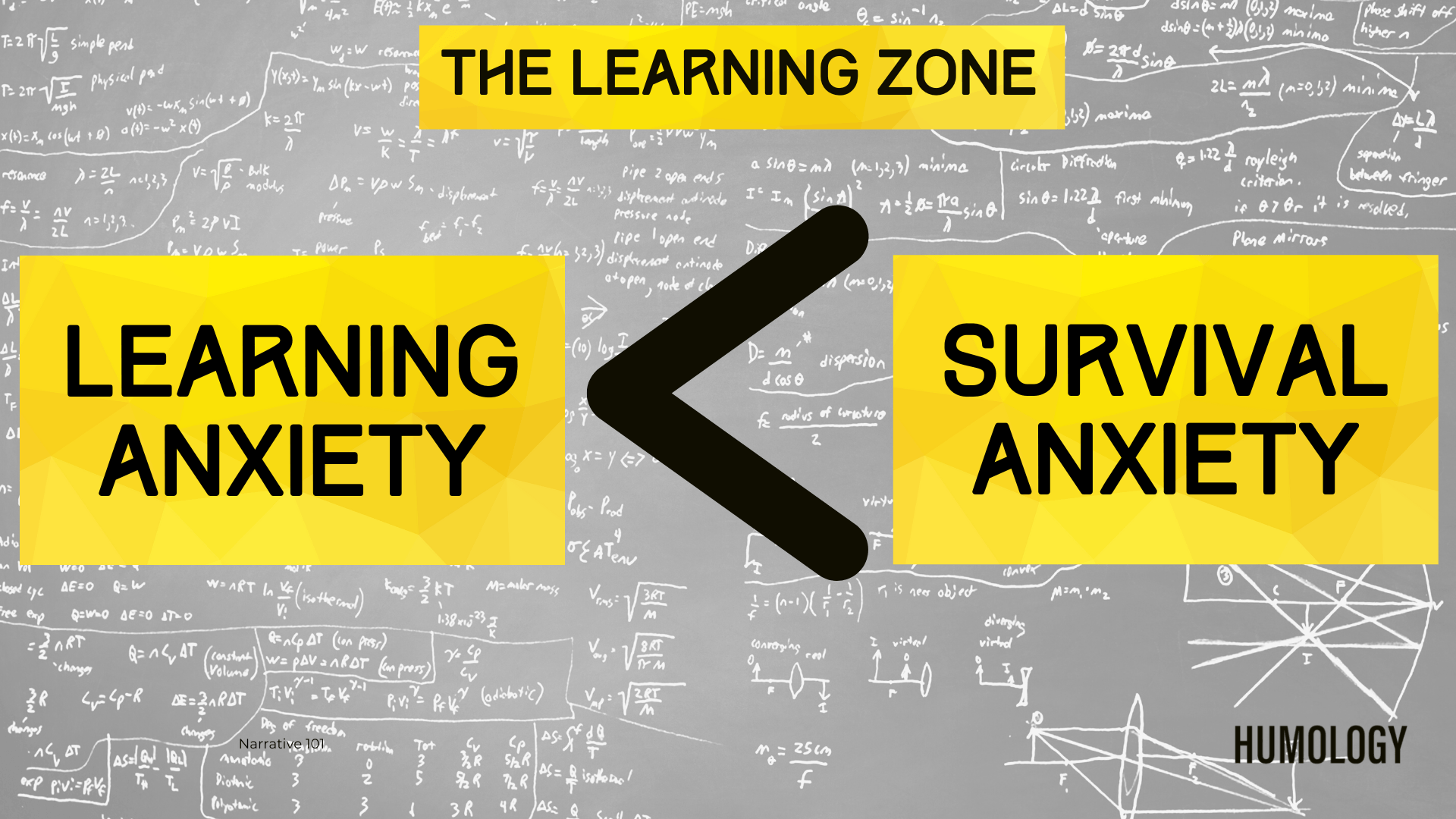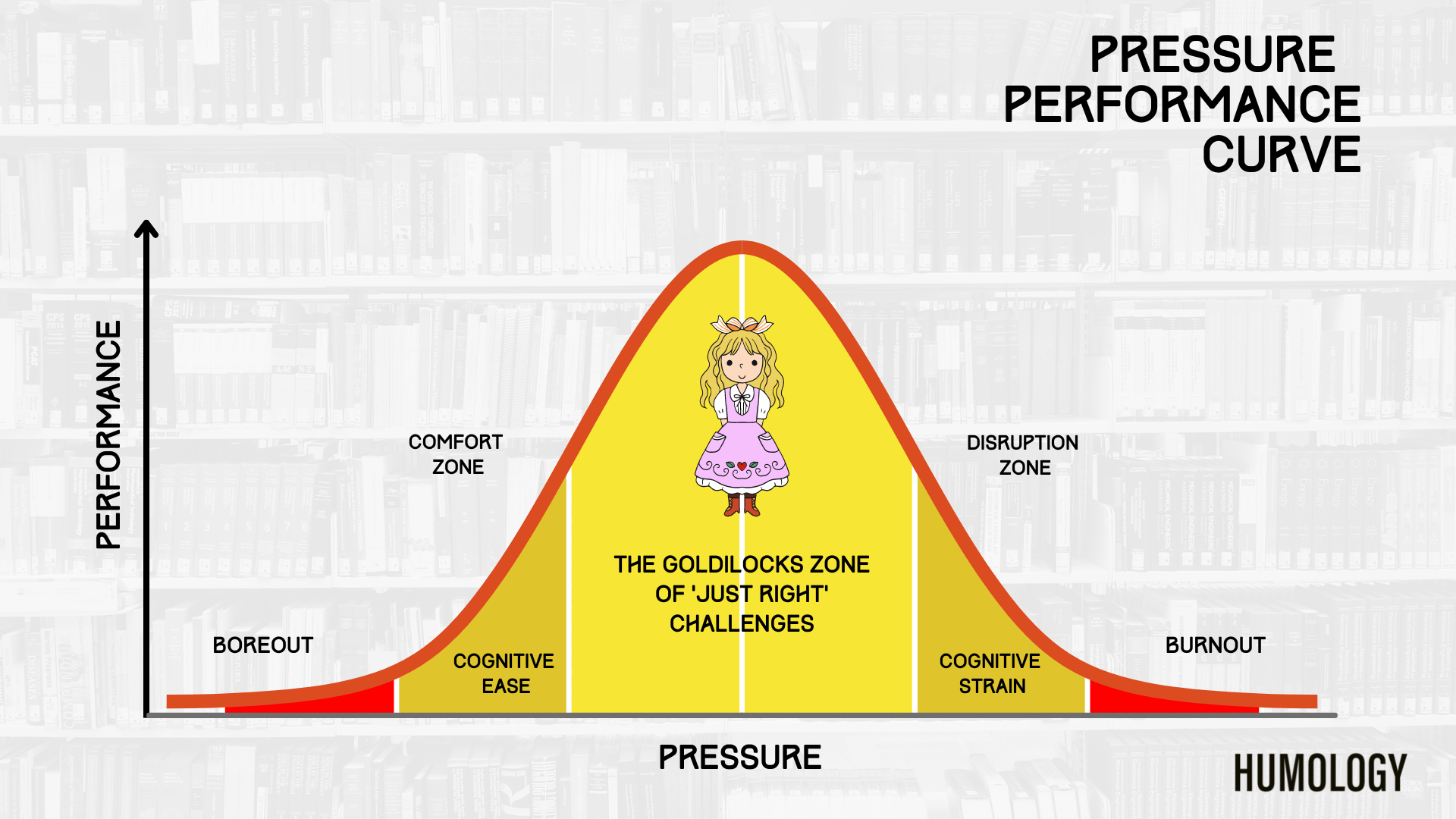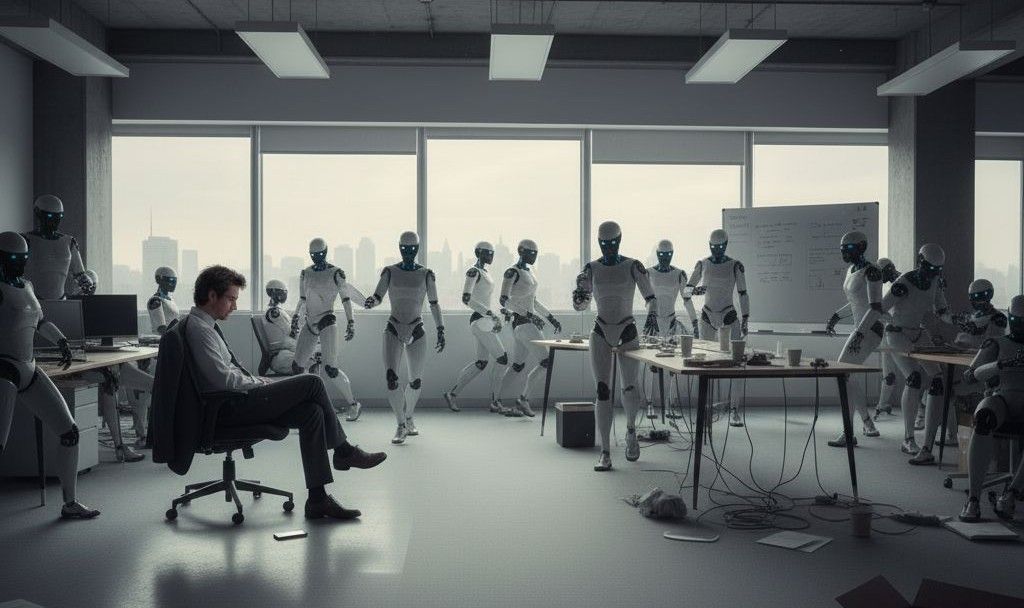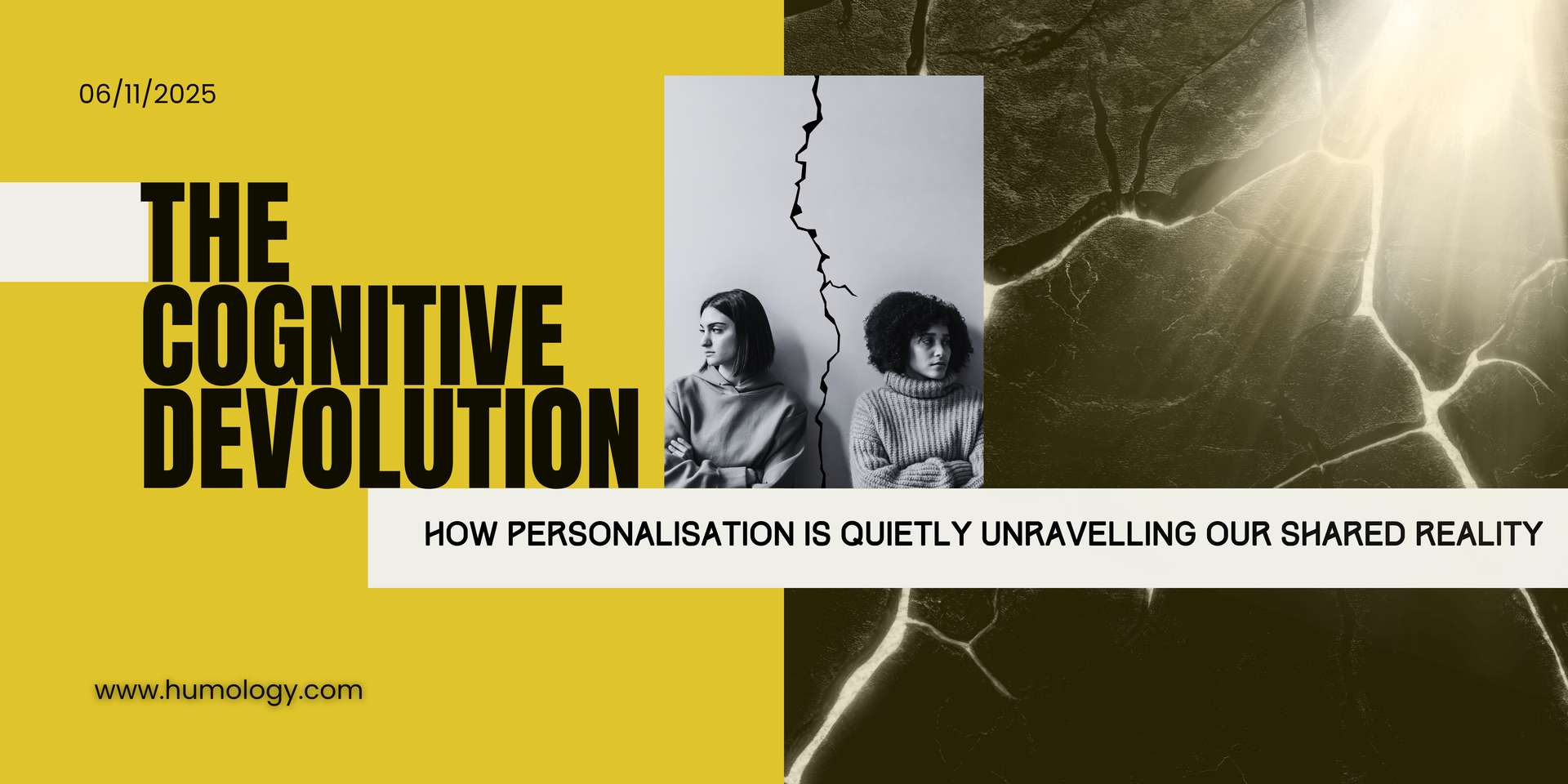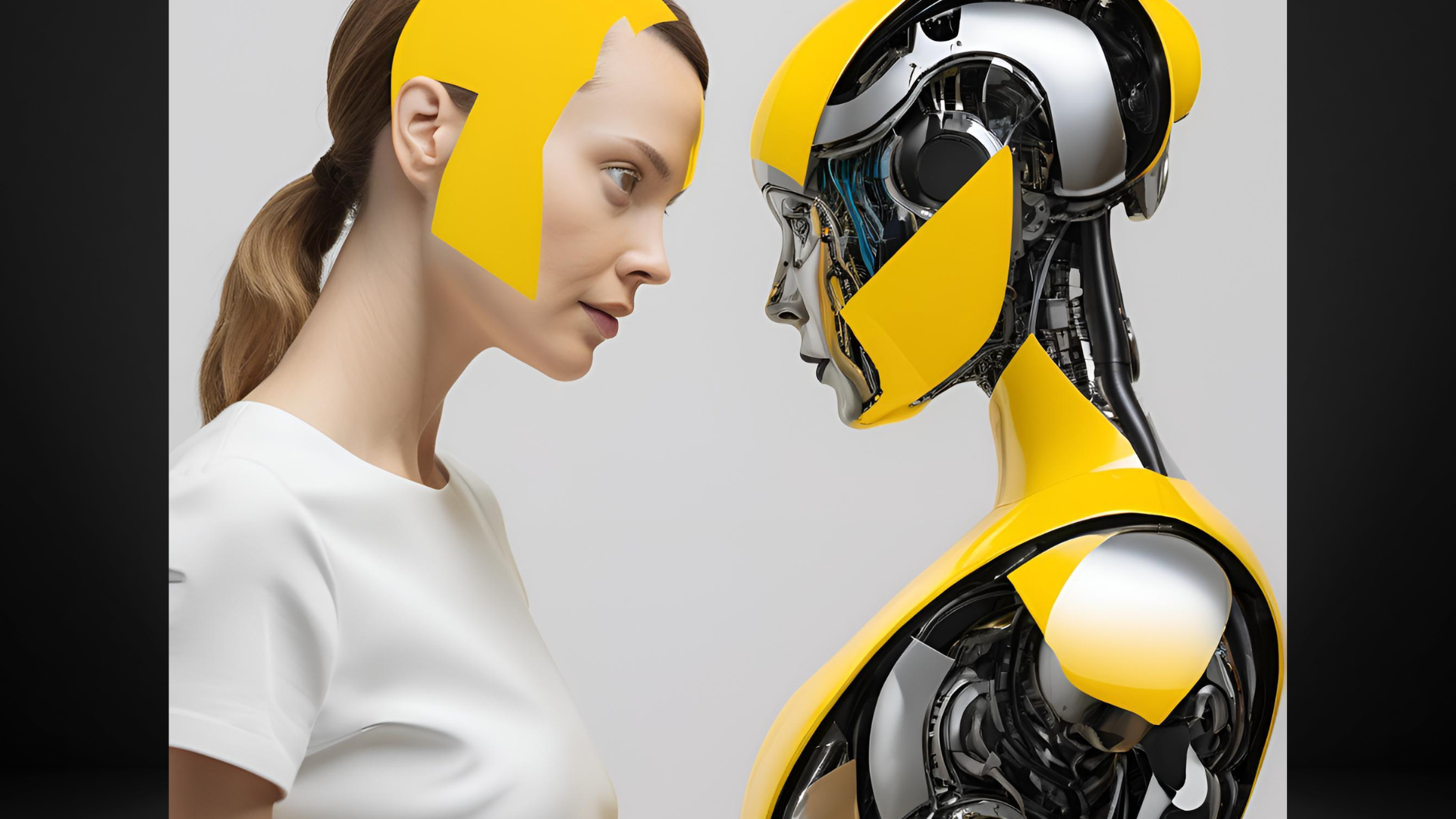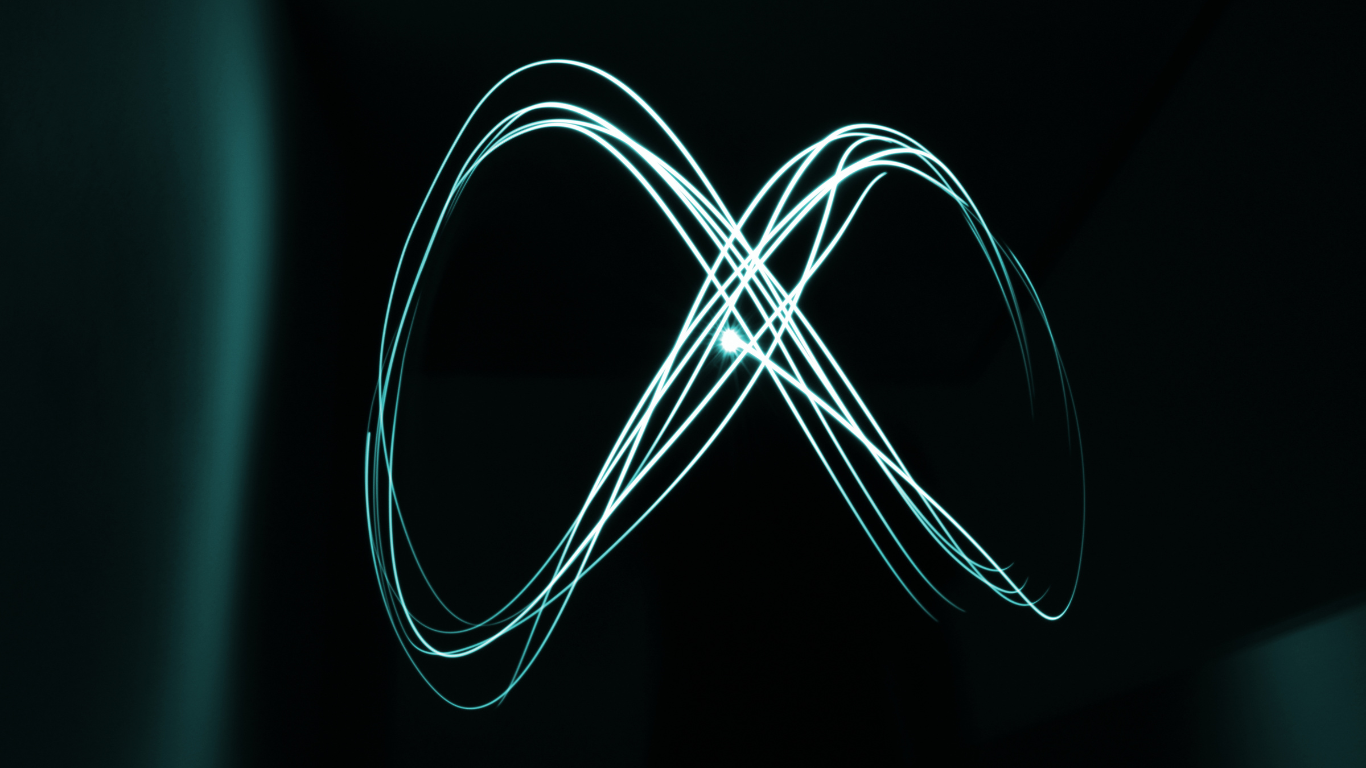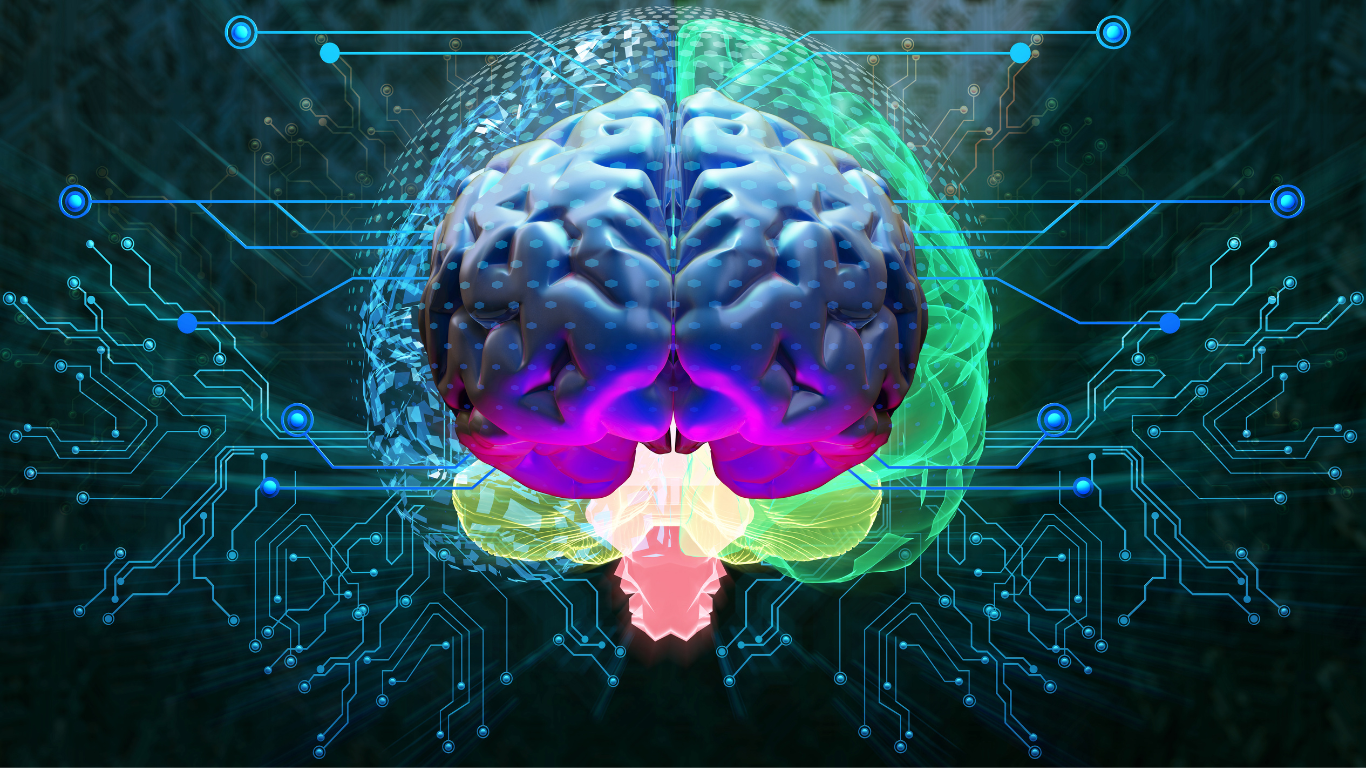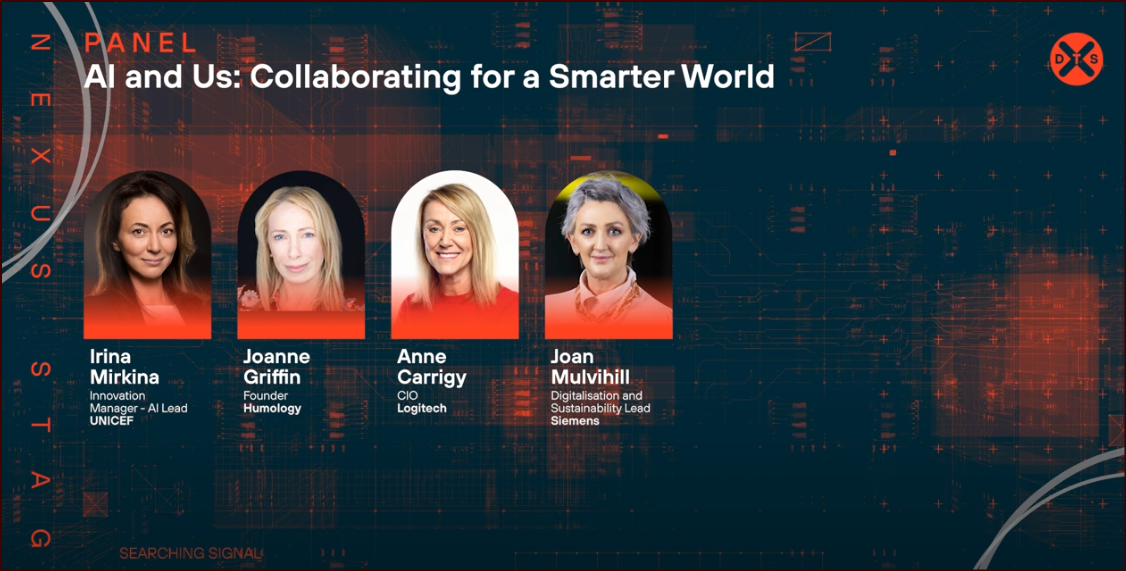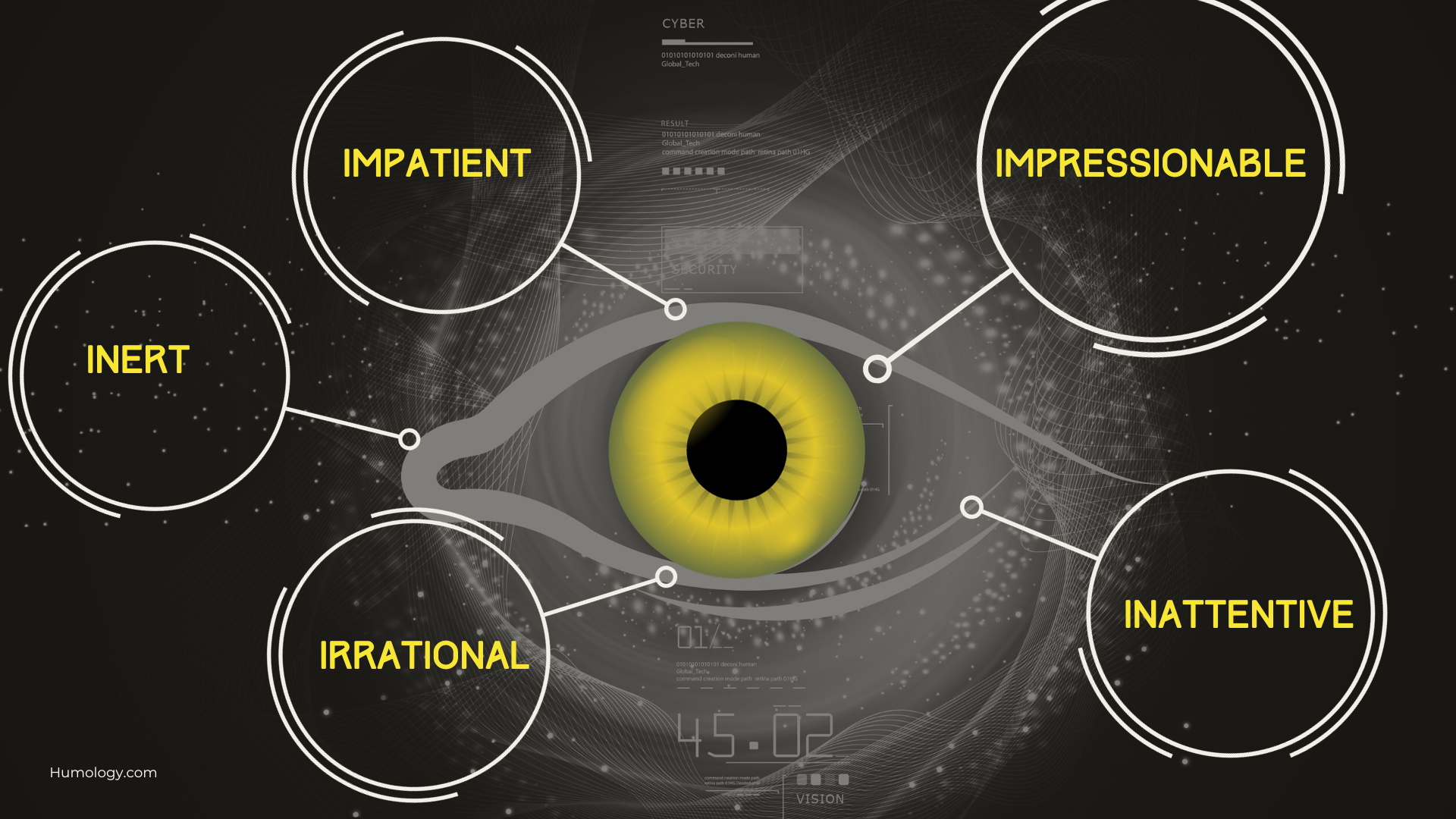Despite the quickening pace of adoption of consumer technologies, enterprise technologies are merely inching along the technology maturity curve. Many well-known enterprise applications have yet to go ‘mainstream’ or achieve the levels of adoption experienced by consumer apps. Organisations are being forced to consider the needs and preferences of their employees—or risk dire consequences, including high employee turnover and poor productivity. Consumers demand the same ease of use, functionality, and visual appeal from the technology solutions they use in the workplace as they do from ordinary applications. In spite of this, enterprise solutions frequently overlook the end-user in favour of superior technical ability. The result is that many enterprise applications are designed with buyers, not end-users, in mind.
The cracks are starting to show as organisations struggle to report a return on their digital investments. A recent survey conducted by
Userlane revealed that 88% of employees are frustrated with the software they use at work. When workers encounter difficulty, 44% of employees simply abandon what they’re doing and leave it for another time, while 17% of them will complete the task manually, and a majority will whine to a co-worker. It’s easy to see why digital adoption has become a major challenge for organisations!
Poorly executed technology transformations can have a lasting impact on the employee experience. Employees simply want to perform their best work without technology getting in the way at work. In fact, enterprises are spending more than ever before, but getting less value for money.
Perhaps it’s time we asked why enterprise technology is failing to live up to its promise?
Digital transformation is only really meaningful if people are actually using the technology, rather than being distracted by it. The unfortunate reality is that without people actually using the technology, there is no real transformation - only very expensive distractions.
Humans, Interrupted
Adapting to, and adopting new technologies is a universal challenge for all organisations - because ultimately it is a human challenge. While the potential for technology to transform work in the most fundamental way is momentous, humans are drinking from a fire hose to keep up with the pace of change. The speed of our adaptation is hampered by digital fragmentation, attention-hacking and unnecessary disruption introduced by technology. I’ve written about this widening
capacity gap at length. As the rate of technological advancement picks up, individuals and organisations are wasting precious cognitive resources filtering out noise, dealing with app overload, and navigating a volatile world. The result is that individuals and organisations are tied up like pretzels while technology continues its march unfettered.
In calmer, more stable times, humans rely on our emergency reserves to plough through periods of adversity. This
surge capacity, often referred to as resilience, consists of a number of mental and physical resources that we can draw on for short-term survival in acutely stressful situations, such as a global pandemic or a war. We can run on adrenaline for short periods of time, but it’s not sustainable in the longer term physically or mentally.
Over the past few years, many of us have depleted our these critical reserves without the opportunity to replenish them. Operating on low reserves compromises our ability to cope with change in our personal and professional lives. When change fatigue sets in, we feel increased negative reactions, frustration, and apathy. Add in app overload and you have a perfect storm of overwhelm.
2020 could well be called the ‘international year of fatigue’ –
Pandemic fatigue. Change fatigue, Zoom fatigue, WFH fatigue, Home-schooling fatigue, to name just a few of our newest ‘syndromes’. Joking aside, mental fatigue has a tangible impact on how we adopt new technologies.
What happens when humans are continually interrupted and disrupted over and again? When we feel disrupted, smaller changes are having an outsized and disproportionate impact on our collective productivity and we suffer death by a thousand paper cuts. Faced with constant and concurring change, we become overwhelmed, our ability to adapt is depleted, we grow increasingly cynical and ultimately, we retreat to our comfort zone.
The Memory Foam of our Comfort Zone
We all love the warm and cosy memory foam of our comfort zone. It’s where we feel most at ease with ourselves and the world around us. Each of us establishes our own distinct zone by calculating a trade-off between our ambition and our anxiety. Hence, when we’re ‘in the zone’ we feel productive and competent, stress-free and relaxed. Our comfort zone allows us to make optimal use of the habits and heuristics we’ve built up over time. We know who we are, we understand the world around us, and we trust that we can get through the day. When we trust ourselves and the world around us, we feel confident in our abilities and the decisions we take.
However, in many ways, our comfort zone contributes to how inertia shows up in our lives. The trade-off calculation we make between ambition and anxiety is like having one foot on the gas, and the other on the brake pedal – the ultimate result is a lack of momentum.
Beware the Undertow of the Status Quo
Transformation leaders are faced with the unenviable task of coaxing workers out of their comfort zone in a time where we’re already feeling disrupted and dislodged. In today’s climate, only a rare breed of worker will enthusiastically abandon the memory foam of their comfort zone. In our safe zone, we get sh*t done using a deep stockpile of habits and previous experience, and hence productivity becomes the single metric with which we judge our performance.
Whitney Johnson, author of ‘Disrupt Yourself’ cautions getting too comfortable. There is no such thing as standing still, she says. The use-it-or-lose-it principle applies to our unused brain cells just as it does to the muscles in our bodies. Unused neural connections are regularly pruned to allow for new growth and evolution. If we don’t use that space to grow, our unused neural pathways simple wither away. Unstimulated brains are just as much a challenge for leaders as overworked brains. Worker
boreout, defined as chronic boredom at work, creeps in when we’re mentally underwhelmed for prolonged periods of time. It happens when we feel disconnected, isolated and unchallenged. When we observe workers that appear to be ‘stuck in their ways’ or lacking in motivation for no obvious reason, it’s worth reflecting on whether they have fallen out of their comfort zone into the boreout zone. This breed of worker will need extra care and attention to feel motivated, rather than disrupted, by change.
The Disruption Zone
Left undisrupted, humans are naturally wired for progress. Even a fleeting review of the progress we have made over the past 100 years provides rich insights into our collective drive to create and innovate. So, what then is holding us back from commandeering the latest inventions in technology to drive organisational transformation and bank the promised productivity gains. The answer lies in understanding how humans deal with disruption.
If we think of the human brain like a sponge, a constant drip of information can be fully absorbed and retained by the sponge. Turn that drip into a firehose, and the sponge is easily overwhelmed – it becomes sodden and begins to leak. Similarly, when we’ve reached change saturation, we find it hard to cope with the incessant demands to adapt to the changes around us.
Six signs that we’ve landed in the disruption zone
- The trust we felt in our comfort zone has been replaced by FOTU (fear of the unknown)
- Our sensemaking abilities are working overtime. We’re feverishly trying to figure out the new rules and metrics that apply in this new environment.
- We feel frustrated because things that were once habitual are now effortful.
- Someone else is calling the shots. We’re no longer in control and we don’t like it.
- We have the retention rate of a leaky sieve.
- We feel unproductive (and if we’re being honest, a little bit incompetent)
The problem with the disruption zone is that we have wandered too far from the reserve.
The unfamiliar terrain heightens our fight or flight reflex, and all of our energy is spent on calculating risk and our relative safety, rather than learning and progress.
The Role of Anxiety in Learning
When we’re deeply embedded in the comfort zone, we become suspicious of any hint of anxiety that might threaten our stress-free existence. Since learning exists beyond the border of our current perceived competence, it typically induces anxiety, and therefore triggers resistance. One of the founding fathers of the field of organisational psychology, Edgar Schein, believes that learning only happens when our survival anxiety is greater than our learning anxiety.
Using this proxy as a guide, leaders are faced with choosing between increasing survival anxiety (threatening job losses, or role extinction) and decreasing learning anxiety by creating a safe environment for learning and unlearning. As Schein himself
put it, “If leaders really want workers to learn new things, they must educate them about economic realities in a way that makes their messages credible. When management gains that credibility, it can create the kind of anxiety that leads to a safe learning environment”
Anxiety can also act as a strong motivator under the right circumstances. Scientists Yerkes and Dodson
investigated the relationship between stress and productivity. Are we too stressed to be productive, or not stressed enough? They found that anxiety actually improves performance until an optimum level of arousal has been reached. Beyond that point, performance deteriorates as higher levels of anxiety kick in. Fictional theoretical physicist Sheldon Cooper explores the Yerkes-Dodson law in an episode of
The Big Bang Theory. In an effort to find his ‘optimal anxiety zone’, Sheldon enlists the help of his girlfriend, neurobiologist Amy Farrah Fowler. Amy is tasked with raising his stress levels bit by bit while measuring the impact on his problem-solving abilities. Ultimately, failing to find his optimal anxiety zone, a sleep-deprived Sheldon falls asleep to the tune of ‘Soft Kitty, Warm Kitty.’ It’s worth a watch 😊
The Goldilocks Zone
It turns out that Goldilocks can teach us a lot about optimal learning. The Goldilocks Zone is that ‘just right’ zone where we feel just enough anxiety to stay motivated to learn, and just enough competence to believe we can do it! This is the sweet spot for learning – and therefore digital adoption.
“The best moments usually occur when a person’s body or mind is stretched to its limits in a voluntary effort to accomplish something difficult and worthwhile.” -Csikszentmihalyi, 1990.
Famously described and investigated by Mihaly Csikszentmihalyi, flow is characterised by deep absorption during challenging activities to the point where we lose track of time. It exists at the tipping point of frustration and boredom. Applying the Goldilocks principle, the challenge is to identify the optimal challenge for a user taking into account their current abilities – the point where a user has enough competence and confidence to take on the challenge. When we experience flow, our engagement is high, and we are intensely focused on the task. As we become more skilled, the degree of challenge can then rise to meet our newfound competence.
Flow-inducing activities allow a person to focus on goals that are clear and compatible and provide immediate feedback. If challenges are too great, we gets frustrated, then worried, and eventually anxious (Disruption). If challenges are too easy relative to skills, we get relaxed, then bored. If both challenges and skills are low, we suffer from boreout. However. if challenges are high and we have the skills to meet those challenges, we are fully engaged, and open to learning.
With the benefit of experience, Goldilocks might propose the following conditions for an optimum user experience in a digital world:
- Clear expectations (what I need to do, how to do it)
- A runway of Goldilocks challenges (not too frustrating, not too boring)
- Self-directed exploration (allow for personalisation and meaningful choice)
- Immediate feedback (rewards for achievement, how well am I doing?)
Distraction-free environment (maximum concentration, low cognitive load)New Paragraph












